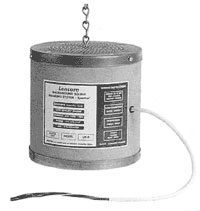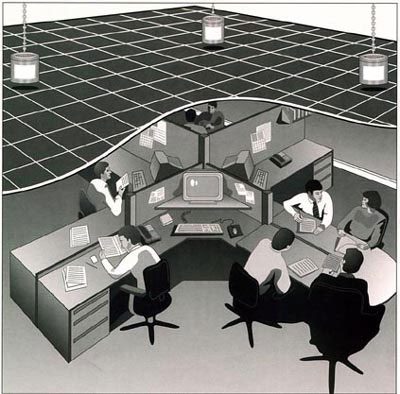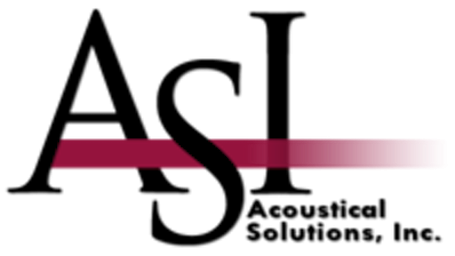Sound Masking
WHO NEEDS SOUND MASKING?
Everyone. Every employee needs speech privacy and confidentiality. As workplaces are evolving and changing, companies are finding it difficult to create the correct balance between collaborative and individual work spaces. One of the top complaints in open office environments is a lack of privacy and the inability to get work done because of the noise. Not only is a densely populated, open office layout now the norm; individual space has also decreased significantly. In corporate environments, sound masking has become a key component that addresses the speech privacy needs of employees in the open plan and private offices.
WHAT IS SOUND MASKING?
Sound masking introduces an unobtrusive, ambient background sound to the office environment that renders speech unintelligible while reducing interference from distracting office sounds. It provides a random sound that does not carry information, is completely unobtrusive, non-directional and harmoniously uniform.
WHERE & WHEN IS IT USED?

Masking is used with equal effectiveness in either open or closed office concepts. With the trend to move executives out of private offices and onto the open floor, more and more workstations are functioning as "offices." Because of this, executives and their employees require speech privacy and need the ability to concentrate EVEN MORE. To achieve this, management MUST respond by incorporating sound masking in all of their facilities.
WHY IS IT NECESSARY?
Masking is necessary because it is truly the ONLY solution that affords speech privacy, confidentiality, and protection of proprietary information. In addition to creating the most harmonious atmosphere in which to work, the benefits of sound masking include greater productivity, efficiency, reduced stress, and higher employee morale.
HOW DOES IT WORK?
Masking works by producing sound electronically, similar to that of softly blowing air, which is projected through speakers installed above the tiles in the ceiling. This sound is evenly distributed throughout the area being masked and can be adjusted to the individual privacy requirements in any given area.
The masking sound is set one or two decibels above conversational speech. By doing this, masking allows conversations to take place without disturbing others, thereby alleviating distractions from unwanted sound and creating speech privacy. This leads to increased productivity, reduced stress, and a more comfortable work environment.
THE IMPORTANCE OF OFFICE ACOUSTICS:

A lot of thought and financial resources are dedicated to the design and aesthetics of the facility, but too often proper acoustics are either forgotten or red-lined. As trends continue to push traditional enclosed private offices out into the open plan as workstations, the issue of sound and the ability to control it has become paramount. The ability to concentrate is a key benefit that all employees must have if companies are to remain productive and operate at optimum levels.
A recent report by The International Facility Management Association (IFMA) shows that over 80% of respondents currently use open plan/panel systems in their space planning. The use of workstations having thus defined the majority of corporate America, has forced system furniture manufacturers to stay abreast of important trends that affect the open plan. Whether addressing the ergonomics of a workstation, creating a better wire management system for electric and cabling flexibility, or providing acoustical comfort, manufacturers and their dealer distributors must provide answers to the problems their clients face.
The latest trend receiving focus is office acoustics. Just look at the office of today.
- To reduce overhead costs for real estate, corporations are devoting less square footage to each employee and increasing the number of people within a space.
- The use of traditional, sheetrock private offices is declining rapidly as upper management moves out into the open plan.
- The use of teaming environments, shared spaces, and the rise in the use of speakerphones continues to increase sound problems.
- Computer hardware and software with voice-activation and animation contributes to an increase in noise as does the industry's change to a 17" vs. 13" monitor screen. This change in screen size increases the amount of reflective surface for noise to bounce off.
- Companies must balance the need to concentrate, collaborate and communicate in the same working environment.
ENTER SOUND MASKING:
For years, architects and designers have had standards for creating acceptable levels of interior "climate" conditions as they have pertained to lighting, heating/ventilating systems, ADA accessibility, and ergonomics. It only makes sense that they have now turned their sites on the one aspect that really can make or break an office space. Acoustics. In over 99% of all corporate offices, they can find the answers they are looking for and solve their problems with proper acoustics and sound masking.
